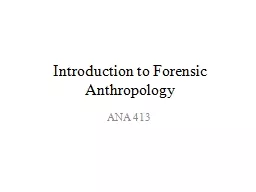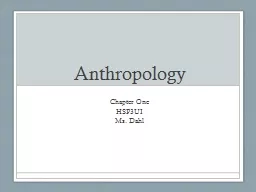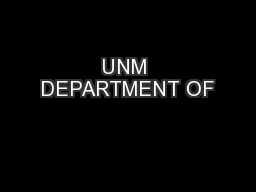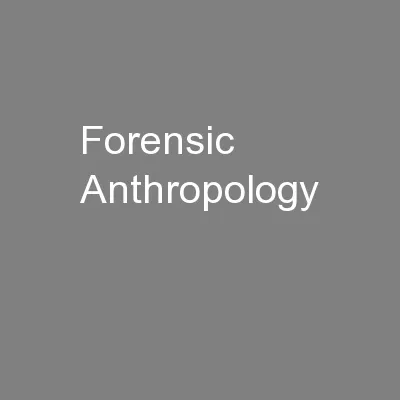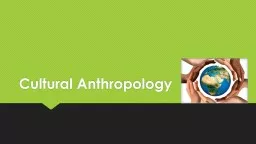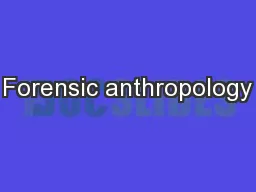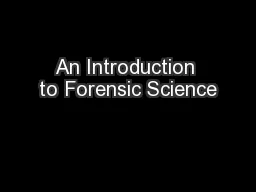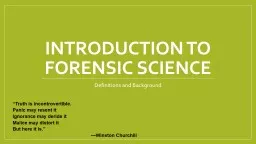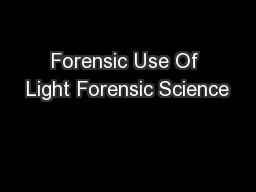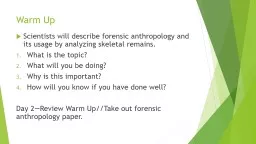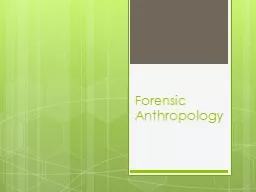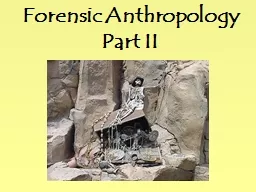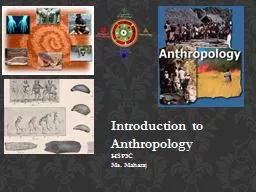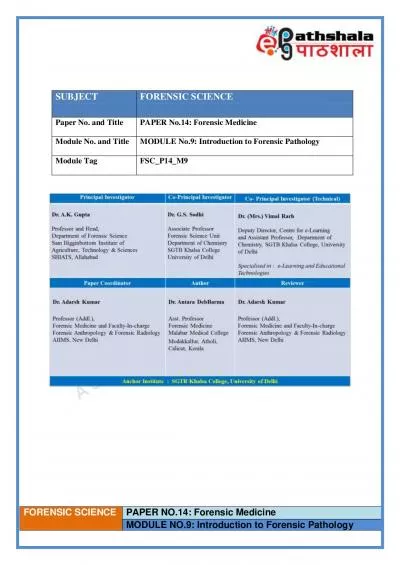PPT-Introduction to Forensic Anthropology
Author : queenie | Published Date : 2022-06-07
ANA 413 2 Course Outline Definition of concepts Use of anatomical techniques for determining differences between appearances of body structures in different sexes
Presentation Embed Code
Download Presentation
Download Presentation The PPT/PDF document "Introduction to Forensic Anthropology" is the property of its rightful owner. Permission is granted to download and print the materials on this website for personal, non-commercial use only, and to display it on your personal computer provided you do not modify the materials and that you retain all copyright notices contained in the materials. By downloading content from our website, you accept the terms of this agreement.
Introduction to Forensic Anthropology: Transcript
Download Rules Of Document
"Introduction to Forensic Anthropology"The content belongs to its owner. You may download and print it for personal use, without modification, and keep all copyright notices. By downloading, you agree to these terms.
Related Documents

